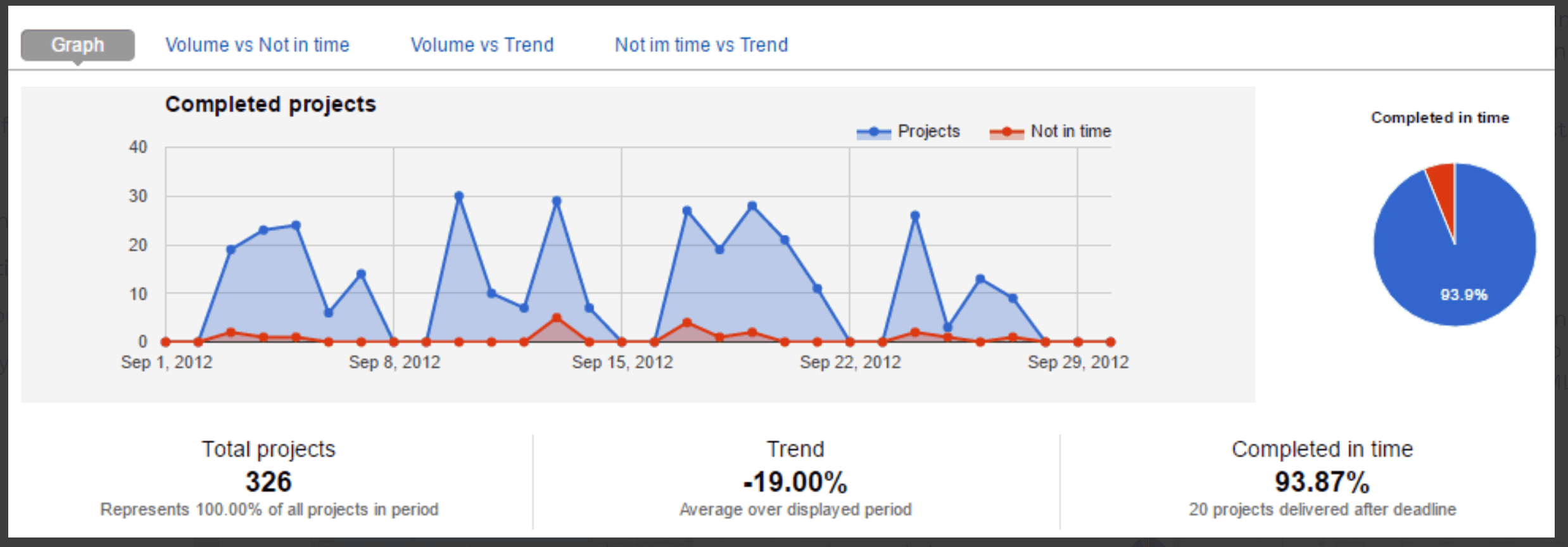Transforming Translation Data Into Business Analytics: An Overview
Is data the new oil, the fuel of the future? If you agree with this, then the next question will inevitably be: Is data going to make you rich? Probably not. But it may help you improve your business performance if you learn how to put it to good use. To discover how, let’s enter the world of business analytics, and see what translation departments/agencies can do with their translation data.
What Are Business Analytics?
The term “business analytics” refers to all the skills, technologies, applications, and methods that allow you to measure the performance of your business in order to make informed decisions in the areas of marketing, human resources, finance, and operations. While not ignoring the importance of business intuition, luck, and chance, it is a truth now acknowledged that measurable data is vital in three respects: learning from errors by understanding what happened in the past and why, discerning what is happening now and why, and anticipating what could happen in the future and why.
Your business data is, therefore, a corporate asset that you can leverage to seek a competitive advantage. It might be needless to say, but the benefits deriving from business analytics depend on the volume and the quality of your business data as well as on the skills of your analysts.
The field of business analytics is vast and complex. For now, let’s focus on two main areas. The first area is business intelligence, which refers to a company’s historical data needed to understand the performance over time of a department, a whole team or even a single staff member. The second area can be better described as a statistical analysis of business historical data to infer predictions about the future of a business, a product or a service.
Until few years ago, BA were considered a luxury destined only for medium-large companies. Nowadays, thanks mostly to new, more affordable technologies, business analytics are essential to companies of all sorts and sizes, and, if approached correctly, they can become a library of business knowledge. Banks can use business intelligence to streamline their operations, to bolster sales and marketing strategies and develop better customer service programs; to a supermarket, analytics provide information on stock and price optimization, most sold products and in which combinations, clients’ loyalty, etc.
Business Analytics for the Translation Industry
Where is the data in the translation industry? Everywhere, from translation memories (the so-called language data) to project data, which entails not only the basic project data, but also data about marketing/sales, bookkeeping, human resources (from project managers to terminologists, from language leads to translators and proofreaders). Let’s see what you can measure using this data in order to identify the areas of excellence and those with room for improvement.
Starting with your human resources, you might want to track things like:
- The time it takes for a freelance translator to reply to job assignments.
- The average volume a translator (in-house or freelance) can translate per day/week/month.
- Turn-around times.
- The ratings provided from project managers and/or clients.
- Project managers who deliver on schedule, handle more volume, or deliver the most profitable projects.
You could go a step forward and conduct an analysis of your clients to shortlist the ones with the biggest volumes; the number of interpretation/translation/certified translation jobs per language combination; the rating submitted by the clients per project or per manager; the number of projects successfully delivered for each client; or the number of reworks.
When it comes to language data, you could focus on the leveraging rates, i.e the pre-translation rates, the volumes and the quality of text pre-translated either with machine translation or in context with translation memories, and so on.
Business Analytics and Technology
To be honest, businesses have been looking at data for forever. Before the internet, log books and customer accounts containing very important data points were maintained manually. Companies using this data were limited in their analysis simply because technology wasn’t up to speed.
Nowadays, there are many BA tools available on the market, some are even available for free and Excel-based. But, as a translation department/agency, make sure that these tools can be integrated in your translation management platform; better still, your translation management platform should already offer business analytics and business report functionalities.
The flexibility of your translation management system is, as always, key. The above-mentioned analytics are only suggestions to help you get started. Once you’ve scrutinized your core business and processes, and after you’ve allocated the necessary resources, you’ll want to develop your own analytics to create your business knowledge library, measure your business performance, collect strategic insights and make your own predictions.
If you want to learn more about turning your business analytics into key performance indicators to track your medium and long-term business goals, read this brief intro on KPIs for the translation business.
For more information on how to handle business analytics in Wordbee, please check the Reports & Analytics section of Wordbee’s knowledge base or contact sales@wordbee.com
Is this interesting?
Subscribe to get interesting localization podcasts, discussion panels, and articles every month.

















